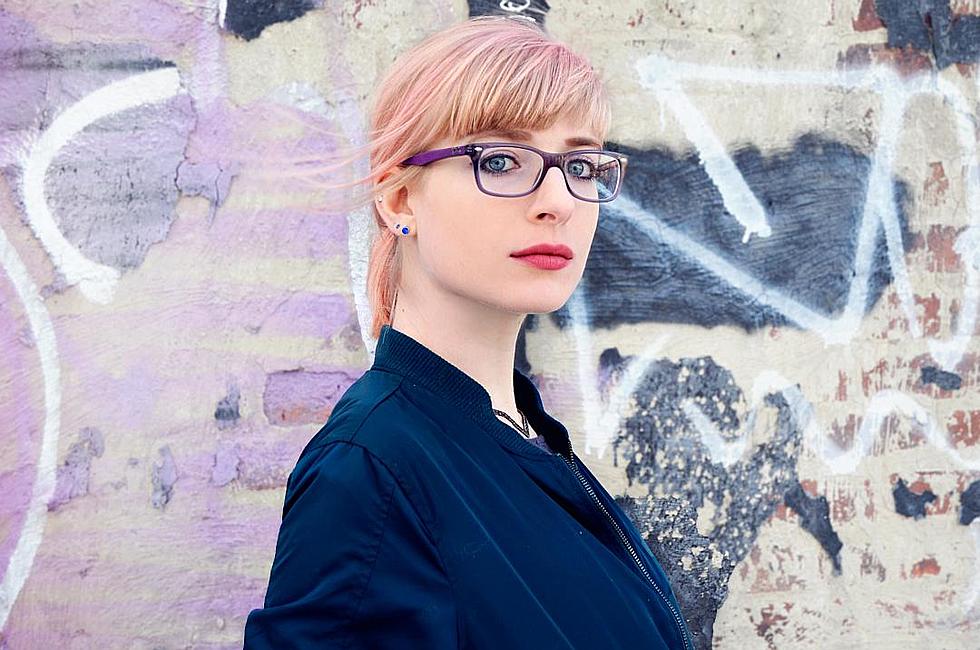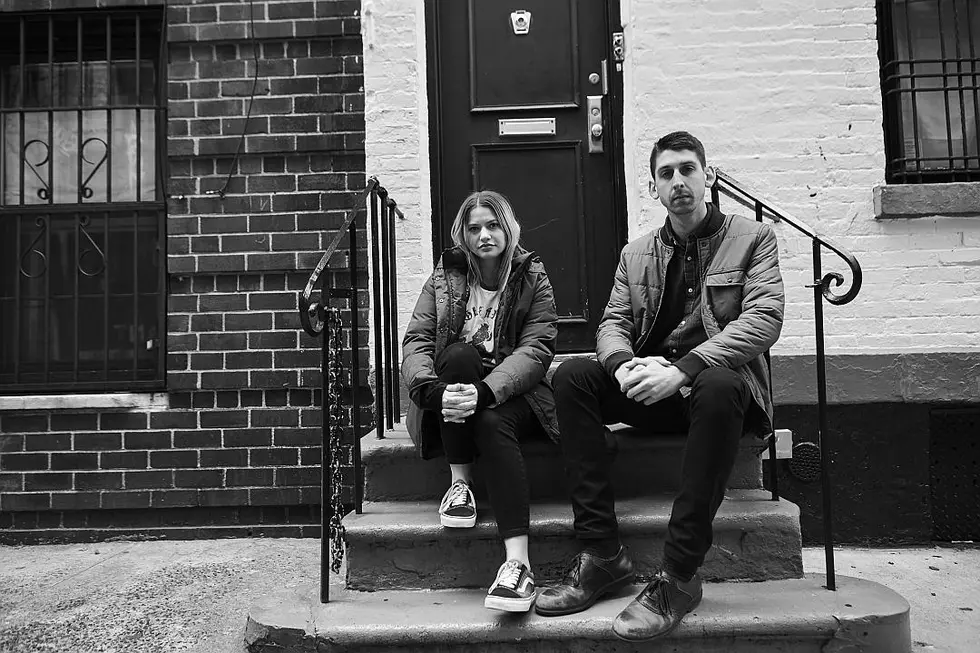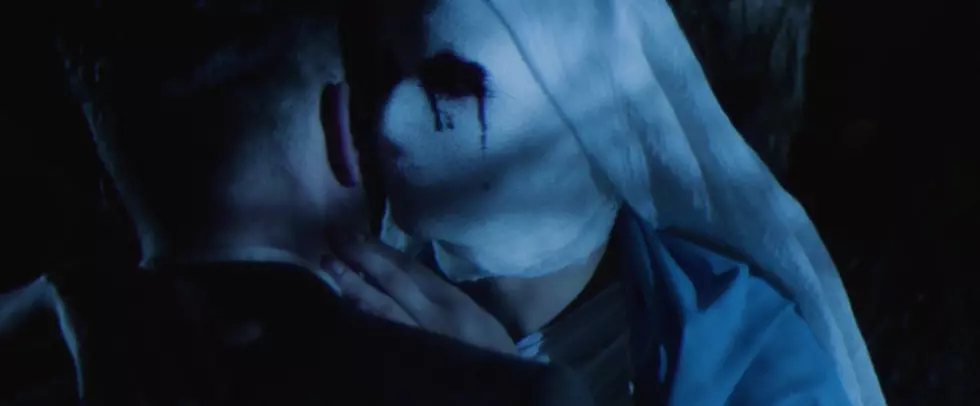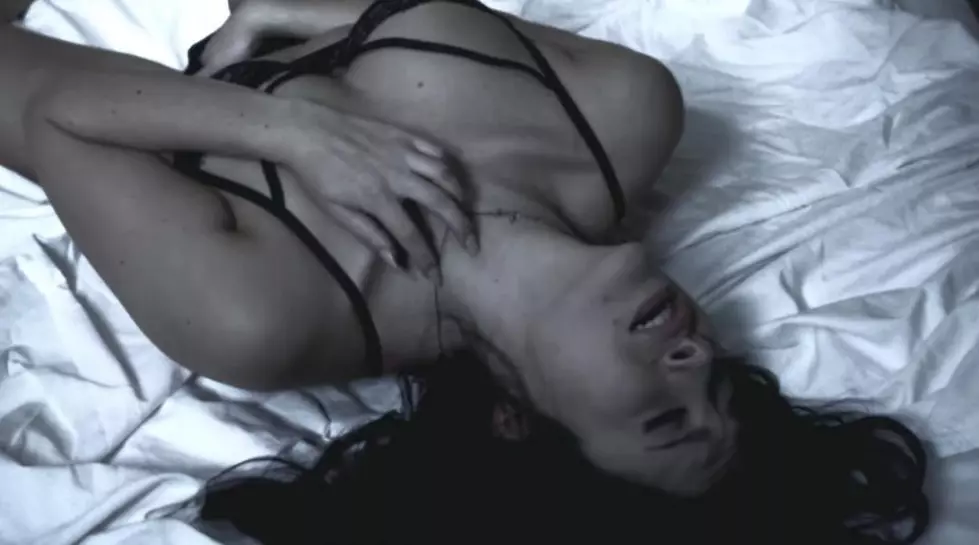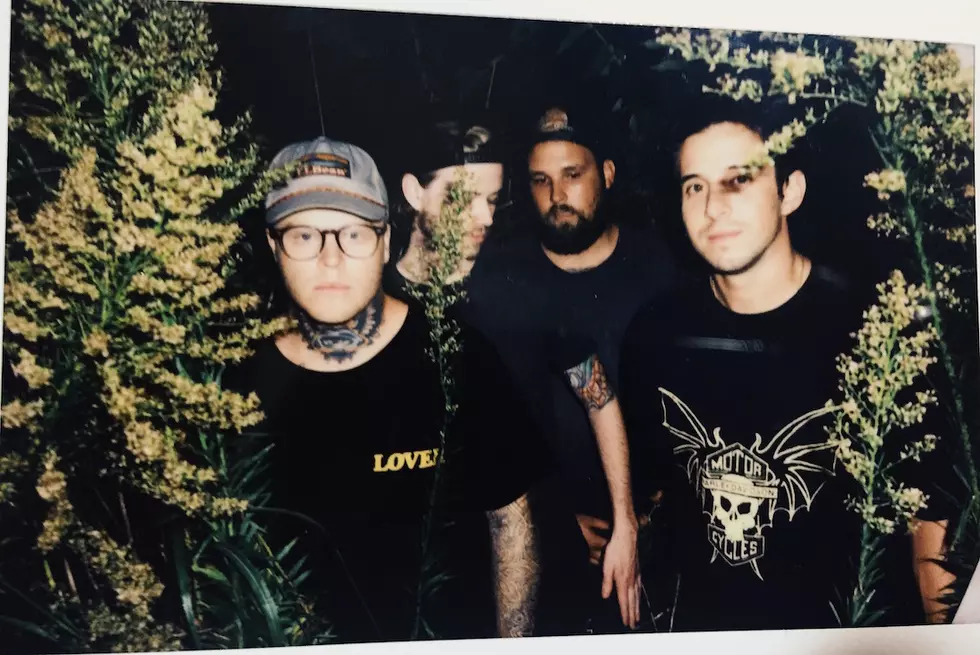
Tim Presley Is Still Getting Used to the Sound of His Name
Among the 12 songs that make up Tim Presley’s The Wink is a cover of Willie “Loco” Alexander's 1978 ode to the Beat Generation Jesus, Jack Kerouac. Presley’s interpretation of Alexander’s “Kerouac” is a weirdly playful one, with its eerie haze-cloud of organ, piano and low-slung vocals punctuated by a fractured guitar riff that vanishes almost as nonsensically as it appears.
"I'm not super well-versed on all his writing," admits Presley, "but On the Road was a really special book to me. I know that's like Kerouac 101, but it still has a place."
Encyclopedic knowledge or not, Presley's music displays a similarly gonzo approach. As the frontman of Darker My Love, the mastermind behind White Fence and W-X, or as half of DRINKS with Welsh singer-songwriter Cate Le Bon, Presley writes songs that are splatter-painted with his muses — from hardcore and punk to '60s guitar rock and Bay Area hip-hop. A visual artist, designer and self-ascribed home-recording obsessive, he’s the type of musician who is all-in at every step of the process, to the point where the word “prolific” seems to accompany every mention of his name.
After cranking out eight albums in six years, it’s hard to imagine Presley’s work getting any more idiosyncratic, but that is precisely what goes down on The Wink. Produced by Le Bon, with Warpaint’s Stella Mozgawa on drums and Samur Khouja engineering, the album is Presley’s first under his own name and, as he puts it, “even more personal” than his material as White Fence. It’s also knottier and weirder, a collage of White Fence’s taut, slanted guitars, W-X’s flash-in-the-pan noise experiments and DRINKS’ weirdly lovable, predictably unpredictable kraut-pop constructions.
According to its liner notes, The Wink (just released on Drag City) finds Presley finally “stepping out into the solo light.” But as he explains, he definitely didn’t get there alone.
This is the first record you’re releasing under your own name. Does that hold significance for you?
I never really wanted to do something under my name — I was always too shy and too embarrassed to do it — but as we were making the record, Cate mentioned it and slowly it started to make more sense. It sounded completely different.
When you first started working on these songs, were you making a White Fence record?
I think in the beginning, yeah, but once we started recording it, we realized it wasn’t a White Fence record. We were keeping everything so simple; the songs are basically naked. I think it’s an even more personal affair than White Fence, at least in the style — lyrically, it’s always personal — so it seemed right to call it Tim Presley. [Laughs] It still sounds so weird to say my name like that.
How did working with Cate as a producer compare to working on DRINKS?
We used a lot of the same energy and mindset as the DRINKS record, but this was way more thought out. Cate as a producer got very involved in the songs and the songwriting and the overall sounds of a lot of it. We went back and forth like we did with DRINKS, and she played a huge part in the process, which is so amazing. I feel like a lot of times someone under the pretense of a producer can stay really uninvolved in a lot of aspects. With her, it was almost like a band member. I showed her a bunch of songs that I had demoed and she helped pick out the ones we thought would make a cool album. It was funny because some of the demos were literally just 15 seconds long. She would say, "Oh, I like that part," and we’d build around that. It had the spirit of the DRINKS album where it was free and experimental, but it was way more thoughtful and intentional.
You’ve collaborated with plenty of people over the years, but the relationship you two have strikes me as an especially unique one.
It is. As you get older and you play music for a long time ... just like life, you learn so many things as you go through it all. I think we both met and started working together at a time where we both felt pretty good about what we were doing separately. It was serendipitous in the way that our brains were just on the exact same level. As you go through this and get older and all that stuff, you’re trying to find things that make sense and work, and she happened to be one of those people. It was kind of like when I made the record with Ty [Segall] — we were on the same wavelength. This was another one of those meeting of the minds that I feel is so rare. You can’t go looking for it either. It just kinda happens.
What music, artists, books, etc. did you and Cate first bond over? And what new sources of inspiration — or just random fun shit — did she introduce to you?
I think firstly, we subconsciously, then consciously bonded over the absurdity in rules with music, art, writing and truly making things as authentic as we can, even if it goes against every thing you learned or everything that surrounds you musically. It's hard, and scary to do, but since we had that with each other, we felt like a gang of two. Punk, psychedelic music and krautrock all came from this type of thinking, and I suppose we are flexing our heads to reach something as pure as that ... even if it’s just for us. To answer simply, though, she did turn me on to Datblygu, a Welsh band that is so very incredible. Also, Rimbaud.
The last time we talked, you had just painted the cover of For the Recently Found Innocent. Since then you’ve been cranking out a crazy amount of art. What happened?
Since I was a teenager, I would ping-pong between painting and music. Sometimes I would do them together, but usually I would put the guitar down and paint or draw and go back and forth. Lately, I’ve been going through this crazy period. I decided to dry out, so to speak, and painting became this therapeutic thing for me. It was really natural — I wasn’t forcing myself to do it as art therapy or anything. I just started to fall in love with painting and drawing again. Maybe I have a bit of an addictive personality, because I will start on one thing and then make as much stuff as I can. Before that it was music and albums — and it still is — but right now it’s more painting. I have like a thousand drawings. It’s getting crazy.
You painted the art for this record, too. Is the gentleman on the cover meant to be you?
[Laughs] I think so.
Was there a song in particular that guided the drawing, or vice versa?
I painted that after the record was mixed. If there was any song that helped spark it, maybe the first song, the instrumental “O’ Guardian A.” The theme of the record is this person and a guardian angel. It's the pushing down or pulling up of a person — restraint or assistance, depending on what the guardian angel sees fit for certain situations.
Have you ever dealt with writer’s block, or hit zones where you felt like you just couldn't create anything? How do you combat it?
I combat it with constantly making more — more songs, more paintings. Even if what I make is terrible, I just plow through it by making and creating even more. A man from Manchester once told me that writers block was just “fear.” That makes perfect sense to me. The entire W-X record I put out was music I did in between moments of writer's block over a span of years, starting from 2012. That album was pretty much music therapy paid for by frustration.
The second song opens with this really stark line about death. What do you think happens when you die?
You get to float on clouds, playing air hockey with Jimi Hendrix and Ben Franklin. Or, it sounds like we turn into energy. Have you heard of Max Loughan? He’s a 13-year-old genius who might be the next Tesla. He has a very scientific answer for when we die. His innocence reminds me of a Marvel comic book story, where depending on what happens to him in his life, it will affect if he uses his powers for good or evil. Let's hope no ones bullies or corrupts him. Then again, since I got a bit of Irish in me, I think I may just end up in a very hot place, but at least all my friends will be there.
More From CLRVYNT
